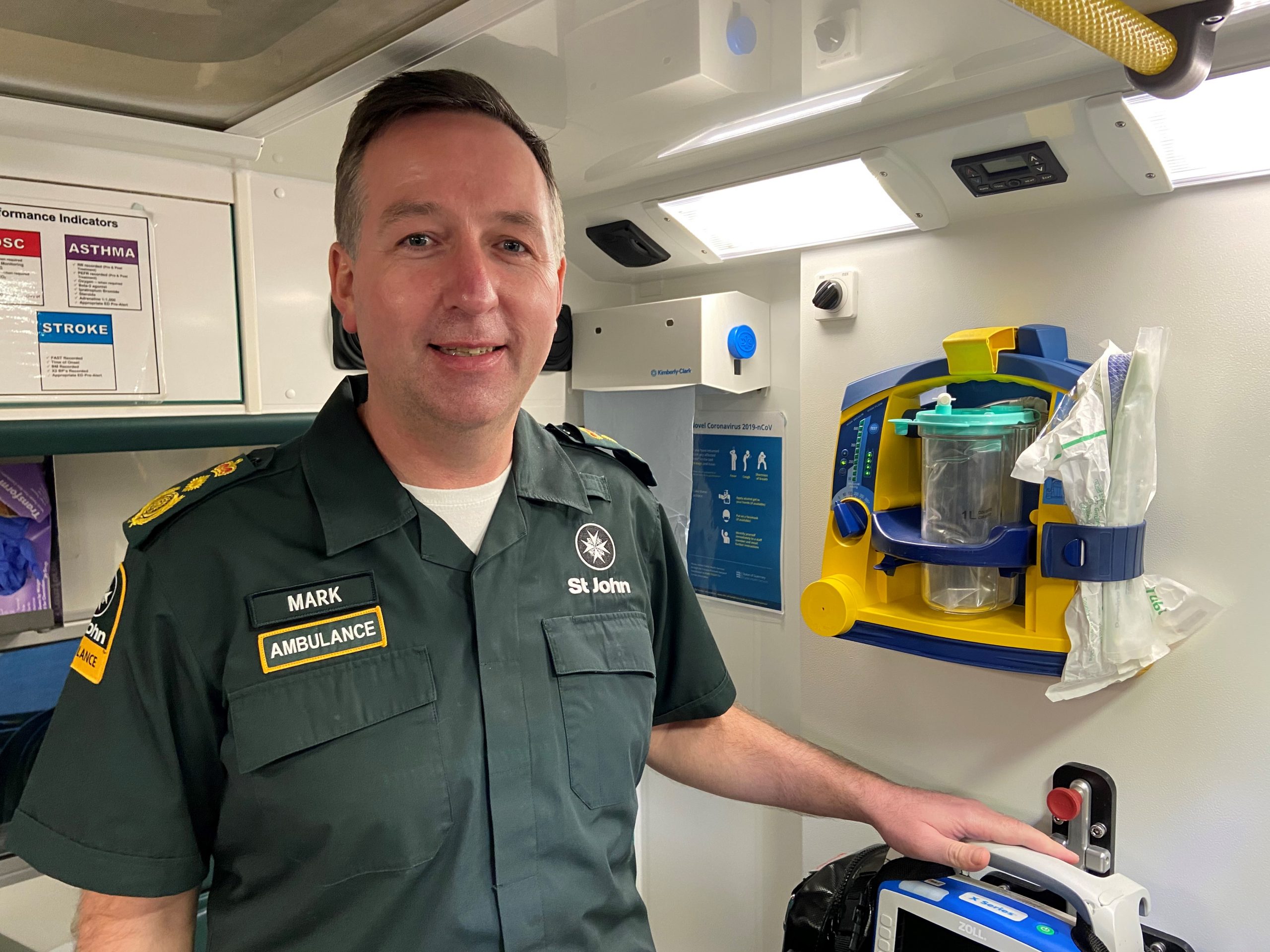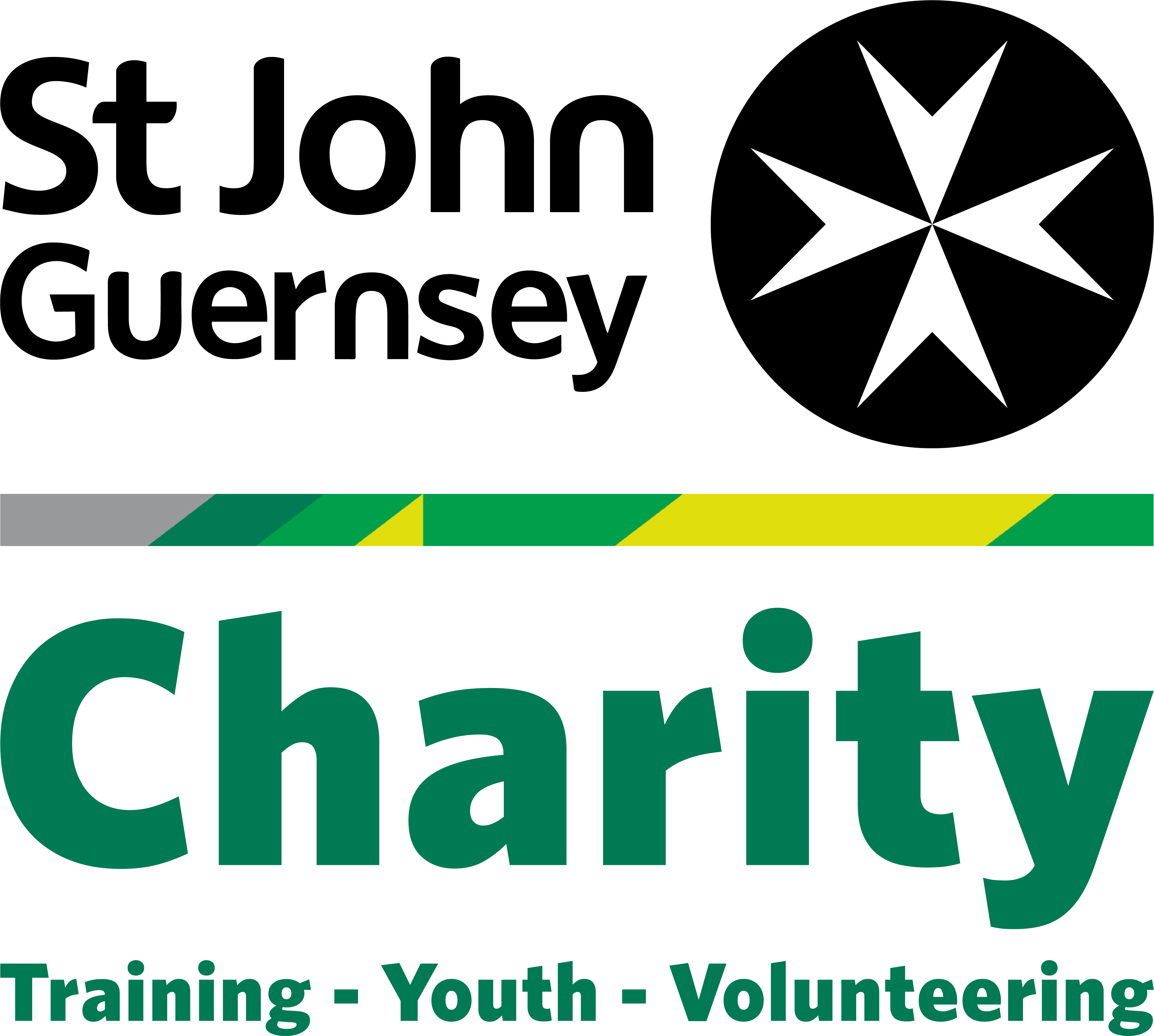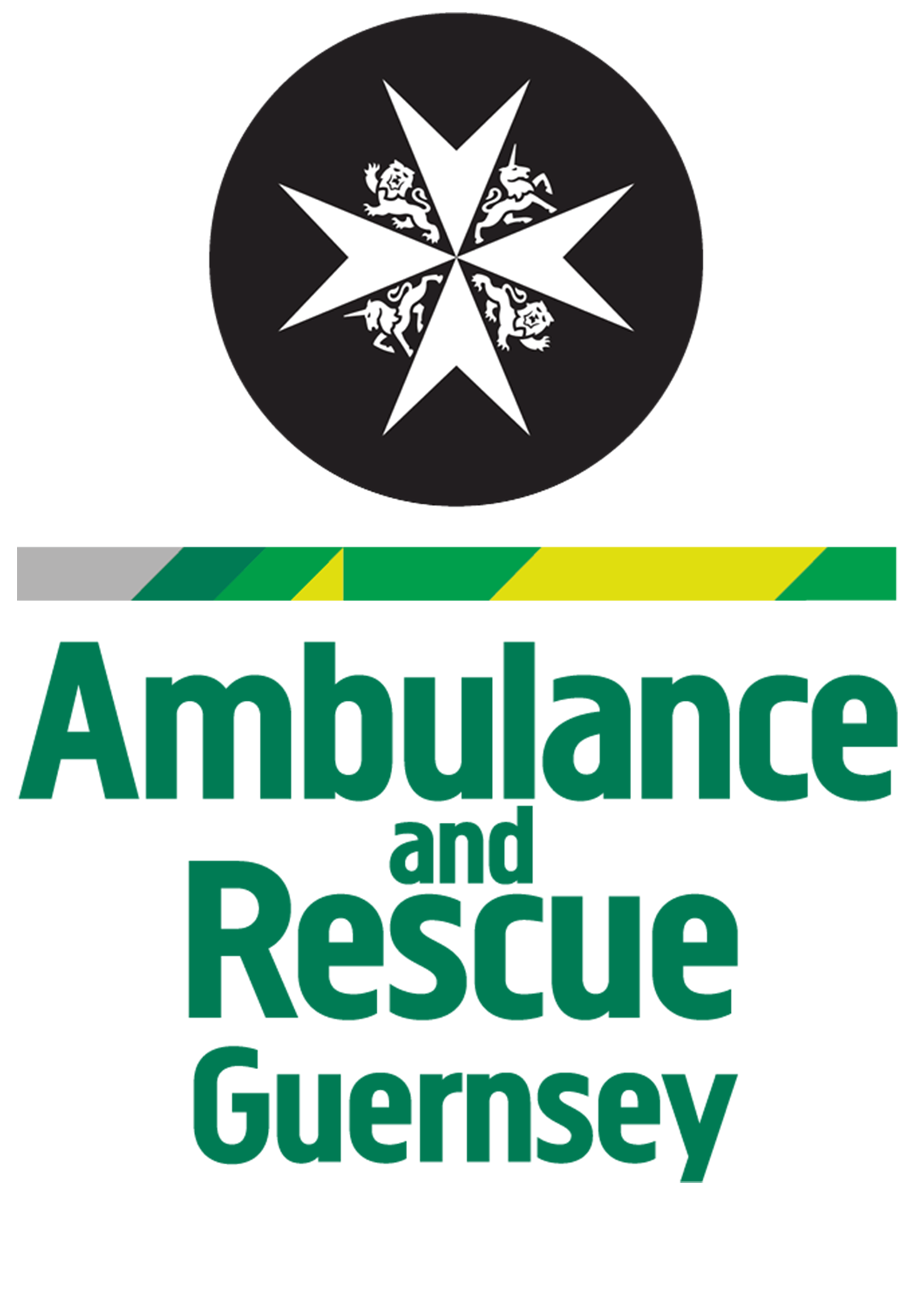CLICK HERE TO READ THE FULL ANNUAL REPORT 
TOGETHER WE ARE STRONGER – Chief Ambulance Officer’s Report
2020 began with optimism and excitement towards implementing strategic transformations, focusing on the quality of service, patient safety and implementation of the Patient Intense Emergency Response Review (PiER). A few weeks into the new year, the Emergency Ambulance Service (EAS) found itself attending a consolidated strategic group with health partners discussing the potential threats of a
SARS-CoV-2 virus discovered in Wuhan, China.
The COVID-19 pandemic brought about a change in working practices across the EAS workforce; operational teams were split across satellite standby stations, the administration and leadership teams predominantly worked from home, with only essential individuals at Headquarters. Work-streams changed, with much of the focus on planning, preparedness and resilience, ensuring that EAS continued to deliver its primary contracted functions to the Island. During this time, many businesses’ operations ceased or were suspended, making it even more difficult to maintain our services.
During the first ‘lock down’, I was reminded how strong and resilient our local community is. The strap-line ‘together we are stronger’ was embraced by all. The EAS had the opportunity to share the message on the side of an emergency ambulance. Staff and volunteers were highly responsive, and their adaptable approach to change undoubtedly helped protect and maintain the delivery of
ambulance services. COVID-19 has had an enormous impression on many aspects of society. Observing so many acts of kindness reminded me how proud I am to be the guardian of such an outstanding and unique ambulance service.
UNPRECEDENTED TIMES, BUT STILL PERFORMING AND ACHIEVING
Our ambulance operations are considered small comparing to a UK NHS Trust, where each operational outlet or station is part of an extensive NHS service. Comparing our service to the like, based on establishment, fleet size and management capacities is not straightforward. Globally, EAS is one of only
three St John led statutory emergency ambulance service providers. As an independent body, the deliverables are supported by many other functions necessary to provide a comparable service to that of the UK. We have experienced an increase in call volume year on year which has been supported by increasing team productivity.
A structured change to the management team focused on strengthening leadership development, training, education, patient safety, experience and transparency. Focus has also been given to the Finance Department’s resourcing to ensure up-to-date intelligence supports strategic direction
and decision-making. Future corporate efficiencies should be realised through joint working, partnerships, or aggregation with local government, accessing shared systems and technologies that will transform us into a digital and contemporary ambulance and urgent care service. We have achieved measurable reform and success, having focused on clinical governance and assurance frameworks. A modern ambulance service must focus its workforce on acquiring knowledge, skills and non-technical aspects of
clinical practice, including communication and team working, in equal measures. Excellence, transparency, reflection, and learning nurture the continuous quality of services and high patient safety levels which are reported quarterly to our commissioners.
THE FUTURE
We have emerged from the challenges of 2020 with a sense of optimism, having built a high level of trust and collaborative working with our commissioners, the States of Guernsey Committee for Health & Social Care (HSC). Financial transparency and income diversity based on demand will ensure a long-term sustainable ambulance service. We will continue to transform and diversify into urgent care to support the needs of our community. We are committed to helping Health & Social Care achieve the right and most sustainable model of services for our Bailiwick islands.
FINALLY
It is encouraging to report that Guernsey has one of the highest survival rates from sudden cardiac arrest in the world. The success can be attributed to strong partnerships and community health resilience. St John has many outreach programmes within our community, such as, teaching first aid, supporting public accessible defibrillators and telephone CPR advice. The ambulance service works closely with other blue light services, and particular acknowledgement should be given to the Guernsey Fire and Rescue Service (GFRS) who work alongside ambulance clinicians in delivering high-performance cardiopulmonary
resuscitation. In addition they co-respond alongside the EAS to serious life-threatening medical incidents, as well as assisting ambulance crews with the movement of casualties from difficult to reach locations.
During 2020 the EAS and GFRS continued to work closely, though when compared with 2019, 2020 saw a downward trend in requests for assistance made by the EAS. There was a 23% reduction in incidents attended, from 179 in 2019 to 138 in 2020. There is no identifiable reason as to why requests for assistance from GFRS have reduced, this being reflective of the unpredictable nature of the work of the
emergency services.
Chief Ambulance Officer, Mark Mapp



